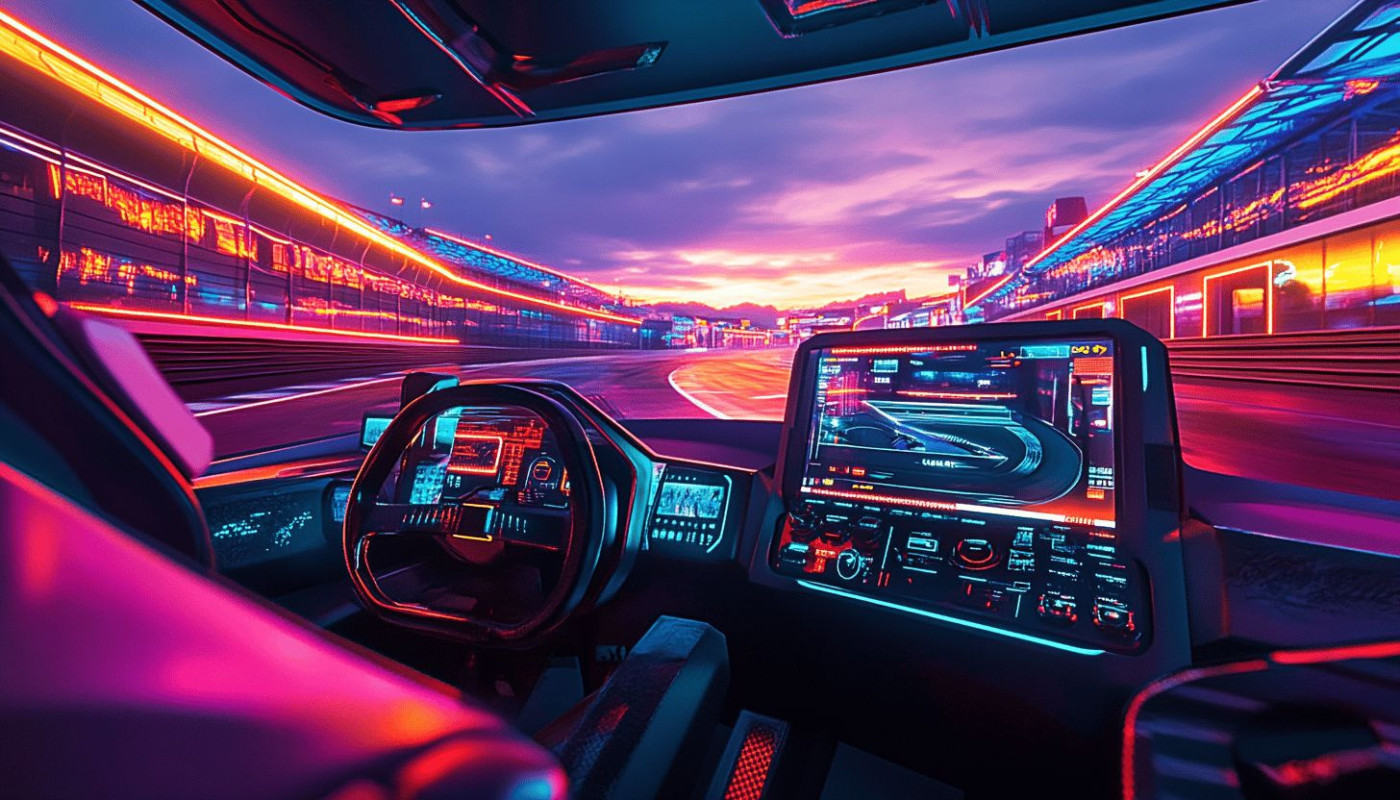Table of contents
Modern racing simulations have transformed dramatically thanks to the relentless pace of technological advancement. With every leap forward, the digital racetrack comes closer to mirroring the pulse and excitement of real-world motorsport. Explore the innovative technologies behind the wheel and discover how these advancements are redefining the ultimate racing experience for enthusiasts and professionals alike.
Hyper-realistic graphics revolution
Racing simulation realism has reached unprecedented levels due to continuous advancements in computer graphics technology. Modern simulators employ high-resolution graphics and sophisticated real-time rendering, transforming virtual tracks and vehicles into photorealistic environments that mirror their real-world counterparts. Enhanced graphics processing unit (GPU) capabilities allow for dynamic lighting, detailed textures, and accurate reflections, ensuring that every aspect of the racing experience—from the shimmer of rain-soaked asphalt to the intricacies of car bodywork—feels tangible. This drive for visual immersion is not merely aesthetic; it heightens the emotional connection and situational awareness of players, who now navigate ultra-detailed circuits under changing weather conditions and variable light, adding layers of complexity and excitement to each race.
With these technological strides, racing games set new standards for the industry, pushing the boundaries of what is visually possible and expected. Recent titles showcase environments that respond dynamically to conditions and player interactions, making each session unique. As discussed on the important site, the evolution of F1 simulations offers a prime example of how high-fidelity visuals shape both player expectations and the future direction of the genre. Through continuous innovation in visual technology, developers ensure that simulation fans experience races with authenticity and depth, bridging the gap between virtual and real-world motorsport.
Physics engines and real driving
Sophisticated physics engines lie at the core of any authentic racing experience, enabling a level of realism that continues to push the boundaries of what virtual motorsport can achieve. Through advanced vehicle dynamics simulation, these engines meticulously reproduce the complex interplay between speed, weight transfer, and suspension behavior, allowing drivers to sense subtle differences in car handling. A realistic tire model further enhances the immersion, accounting for factors such as tire deformation, temperature, and grip variations under diverse conditions. This heightened accuracy is made possible by integrating techniques like computational fluid dynamics (CFD), a method championed by physics simulation specialists for its ability to replicate aerodynamic forces acting on a vehicle at high speeds. When paired with force feedback technology, which delivers tactile cues through the steering wheel and pedals, users are provided with immediate, nuanced reactions that mirror real-world driving physics, transforming simulations into a lifelike motorsport environment.
Advanced hardware integration
Modern racing simulator hardware has undergone significant transformation, allowing enthusiasts to experience striking realism through advanced motion platform technology and meticulously engineered racing cockpit setups. Sophisticated motion platforms now replicate pitch, roll, and yaw, accurately mirroring vehicle dynamics to provide users with a lifelike sense of acceleration, braking, and cornering forces. High-fidelity controls such as direct-drive steering wheels, load cell pedal systems, and gear shifters have become the standard for immersive simulation, delivering nuanced feedback that closely replicates the tactile sensations of real motorsport. Central to this experience is haptic feedback, which translates digital data into physical sensations, letting users feel road surface textures, tire grip loss, or engine vibrations directly through their controls. These technical advances help bridge the virtual and physical worlds, making training on a simulator strikingly relevant for real-world drivers and offering players a deeply engaging, authentic racing experience.
Online connectivity and eSports
High-speed internet and advanced networked gameplay have transformed the online racing community, enabling seamless multiplayer simulation experiences across continents. Peer-to-peer networking facilitates swift, low-latency connections between players, ensuring real-time responsiveness that is vital for competitive eSports racing. This connectivity supports robust matchmaking systems, pairing racers of similar skill levels and fostering fair, challenging competition. Real-time leaderboards have emerged as a dynamic tool, allowing racers to instantly compare their performance against international rivals and motivating ongoing improvement. In addition, live racing events streamed to global audiences have created a new spectacle, with eSports leagues attracting professional drivers, sponsors, and enthusiastic fans. These technological advancements have not only expanded the reach of racing simulations but also made them a central platform for aspiring racers and established professionals alike.
Artificial intelligence and adaptive gameplay
Artificial intelligence has become a driving force in shaping modern racing simulations by delivering racing game AI that not only responds to player actions but anticipates strategies. The use of neural networks enables machine learning opponents to analyze player behavior in real-time, adjusting their racing lines, braking points, and overtaking maneuvers to create a tailored and challenging experience. Adaptive difficulty is implemented through algorithms that constantly assess player skill and modify AI tactics accordingly, ensuring that both newcomers and seasoned drivers remain engaged. Procedural race events now introduce unexpected scenarios such as changing weather, track hazards, and evolving competitor behavior, making each race unique and unpredictable. This dynamic simulation environment fosters increasingly realistic and competitive gameplay, as AI-controlled rivals develop new strategies and react to both the player and the simulated racing world with unprecedented sophistication.
Similar



